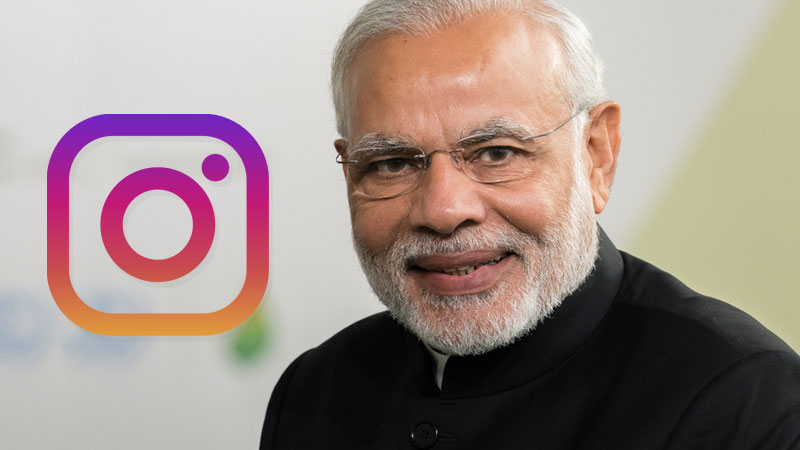Since the general election of 2014, the impact of social media on political campaigning has been tremendous. It has come out to be the quickest and the most direct way of communication between a political candidate and his audience, the potential voters. It also gives way to enhanced facilitation of politician‐public interaction.
This is precisely what Prime Minister, Narendra Modi realised back in 2012 when he was campaigning for the 2014 Lok Sabha Elections. At that point of time, Twitter was reserved for celebrities and youth in India. Politicians were not known to be interacting on such ‘informal’ platforms, which was felt to be “beneath their status” and reserved their campaigning through print and visual forms of media.
Narendra Modi though, saw the potential Social Media held. India has the second highest number of internet users in the world, with 7th highest Twitter users amongst all the countries. Moreover, focusing on one segment, social media is the most obvious way through which general awareness regarding the events happening in the country reaches the youth. He decided to harness just this and in an era when the mainstream media is infiltrated with biases and misconceptions, Modi took to the social media to communicate directly with the masses. He is the third most followed politician in the world with 46.2 million Twitter followers. His Facebook outreach is also massive with 43 million likes. Modi and his team have used social media in innovative ways to maximise their reach among the young voters during the campaign. Many publications around the world said that 2014 marked “India’s first social media elections”.
When Narendra Modi won the general elections in 2014, the UK’s Financial Times called him “India’s first social media prime minister”. This move was followed by US President Donald Trump in his 2016 Presidential campaign wherein he relied on Twitter significantly to communicate with the voters.
Twitter is now been there done that with virtually all the politicians available on the platform. Following suit, everyone ranging from Rahul Gandhi to Mamata Banerjee is available on twitter. In the run of the 2019 elections, PM Modi has adopted a refreshed strategy towards his social media outreach. This election is going to witness an unprecedented 130 million first time ‘millennial’ voters. To interact with and outreach the first time voters, PM Modi has been active on a new social media platform- Instagram.
This is the age of Instagram. The year 2019 is a year that has witnessed Kylie Jenner become the youngest billionaire at the age of 21 because of Instagram. PM Modi has been quick to recognize the potential of the platform. With 19.1 million followers, Narendra Modi is the most followed politician on Instagram in the world.
With the wide reach of targeted youth, PM Modi interacts with the millenials and spreads awareness about the government issues and policies. Through Instagram posts, stories, and videos, PM Modi associates with the youth in a fun and quick manner. Not only does the Prime Minister connect with the youth through Instagram, but also educates them about the more serious issues which every citizen of the country needs to know. This also brings in a new level of transparency for the voters.
PM Modi uses the platform to post pictures of himself, his family and his daily on-goings.
Such initiatives make him humane and approachable, which is an essential characteristic of a leader. It removes the celebrity status and intimidation which one might feel and encourages the youth to feel closer to their Prime Minister.
Moreover, he uses Instagram to demonstrate his good deeds, using it to spread awareness about his foreign policies and initiatives on Swachh Bharat.
Instagram is also a brilliant platform to talk about serious, national issues which requires youth attention, seeing as they are the future of the country.
PM Modi has taken this unprecedented initiative to connect with the voters, and specially the millennials to have a relationship with them on a personal level. It gives the youth a glimpse as to his real life while making them aware of the country and its growth direction. This also removes any inhibition they may have as far as the PM or his government is concerned. It is a brilliant move, one that would help the millennials participate in the polling, seeing as though they are largely unaware of the politics in the country. All they are interested in is the development and policies affecting the future of the country and want to make informed decisions.
